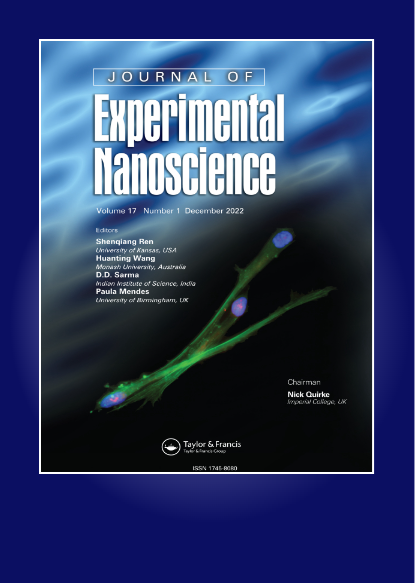Molecular docking and molecular dynamics simulations reveal the clinical resistance of the gatekeeper mutation V564F of FGFR2 against Infigratinib
IF 2.8
4区 材料科学
Q2 CHEMISTRY, MULTIDISCIPLINARY
引用次数: 0
Abstract
Fibroblast growth factor receptor 2 (FGFR2), as a transmembrane receptor tyrosine kinase, is implicated in a plethora of human cancers, including intrahepatic cholangiocarcinomas, breast cancers, and non-small cell lung cancer. The clinically relevant V564F gatekeeper mutation conferred resistance to current FGFR2 drug − Infigratinib. In this study, the protein − ligand interactions between FGFR2 kinase domain (wild-type and V564F) and Infigratinib were compared through an integrated computational method. The multiple, large-scale molecular dynamics (MD) simulations, together with dynamic cross-correlation analysis and binding free energy calculations suggested that the resistant mutation may not trigger the conformational changes of the FGFR2 kinase domain. The simulation results also indicated that the driving force to decrease the binding affinity of Infigratinib to the FGFR2 V564F variant derived from the difference in the protein − ligand hydrogen bonding interactions. Moreover, the per-residue free energy decomposition analysis revealed that the reduced contributions from several residues in the ATP-binding site of FGFR2, especially Glu565 and Ala567 located at the kinase hinge domain, were the key residues responsible for the loss of binding affinity of Infigratinib to the V564F variant. This study may offer useful information for the design of novel selective kinase inhibitors targeting FGFR2.分子对接和分子动力学模拟揭示了FGFR2的看门人突变V564F对Infigratinib的临床耐药性
成纤维细胞生长因子受体2 (FGFR2)作为一种跨膜受体酪氨酸激酶,与多种人类癌症有关,包括肝内胆管癌、乳腺癌和非小细胞肺癌。临床相关的V564F看门人突变赋予了对当前FGFR2药物- Infigratinib的耐药性。在本研究中,通过集成计算方法比较了FGFR2激酶结构域(野生型和V564F)与Infigratinib之间的蛋白-配体相互作用。多重大规模分子动力学(MD)模拟,以及动态相互关联分析和结合自由能计算表明,抗性突变可能不会触发FGFR2激酶结构域的构象变化。模拟结果还表明,Infigratinib与FGFR2 V564F变体结合亲和力降低的驱动力来自于蛋白质-配体氢键相互作用的差异。此外,单残基自由能分解分析显示,FGFR2 atp结合位点的几个残基的贡献减少,特别是位于激酶铰链结构域的Glu565和Ala567,是导致Infigratinib与V564F变体失去结合亲和力的关键残基。该研究可能为设计靶向FGFR2的新型选择性激酶抑制剂提供有用的信息。
本文章由计算机程序翻译,如有差异,请以英文原文为准。
求助全文
约1分钟内获得全文
求助全文
来源期刊

Journal of Experimental Nanoscience
工程技术-材料科学:综合
CiteScore
4.10
自引率
25.00%
发文量
39
审稿时长
6.5 months
期刊介绍:
Journal of Experimental Nanoscience, an international and multidisciplinary journal, provides a showcase for advances in the experimental sciences underlying nanotechnology and nanomaterials.
The journal exists to bring together the most significant papers making original contributions to nanoscience in a range of fields including biology and biochemistry, physics, chemistry, chemical, electrical and mechanical engineering, materials, pharmaceuticals and medicine. The aim is to provide a forum in which cross fertilization between application areas, methodologies, disciplines, as well as academic and industrial researchers can take place and new developments can be encouraged.
 求助内容:
求助内容: 应助结果提醒方式:
应助结果提醒方式:


